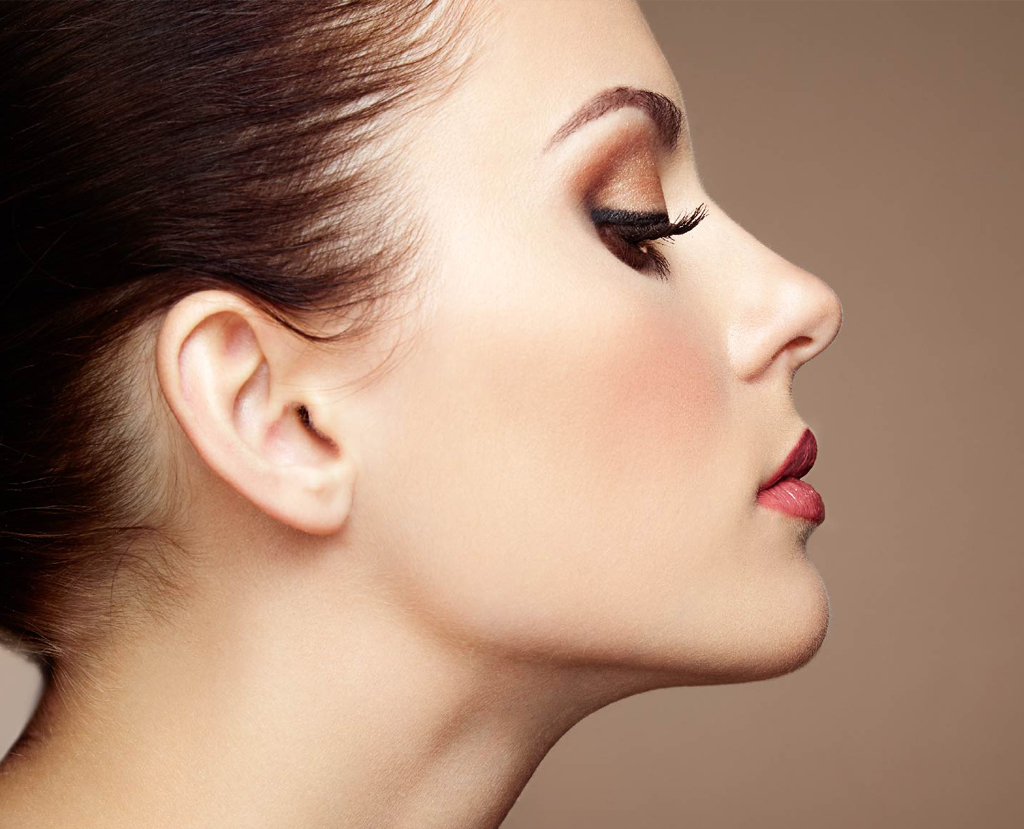Burn & Wound & Trauma & Laser Scar Treatment
The most common methods I use in the treatment of scars (Surgery, Burn, Knife, Razor, Glass Scar) are;
The regeneration provider is the most commonly used composition to support the production of new tissue, particularly by stimulating the skin with lasers such as plasma fractional laser or golden needle, by providing new tissue production in areas where scars exist. And we use one or more fat stem cells, GRP/PRP, or collagen vaccines during this procedure. Here, the number of sessions and waiting time are important according to the method for continuity.
Each individual has a different potential to heal the wound. In some individuals, the wound heals without scarring, while in some individuals, the wounds may result in hypertrophic scarring or poor wound healing, which we call keloid. This is entirely the response of the person to wound healing process. In these cases, the scar expands, swells, turns red and matures too late.

Although the time to start treatment varies according to the scar and the person, it is the right way to apply it as soon as possible.
The injury area is good in some parts of the body. For example, the eyelid, intraoral and genital mucosa and face. Injuries in these areas leave very few marks. Some areas are very risky for the development of poor scars after injury. Injuries in areas such as between the breasts, shoulders, upper arms and back always heal badly. The type of injury is also directly related to the scar. While incisions over a single line, such as a knife, heal well, the scar is usually worse in traffic accidents or crushing injuries.
The scar area is injected with fat tissue taken from the person’s body and enriched as stem cells. Because of the stem cells in it, this rich tissue is 100% compatible with the body and can behave like living tissue at the rate of 60-90%. As a result, new life is instilled in tissues that have died or deteriorated completely. The given tissue also provides the lost volume.








